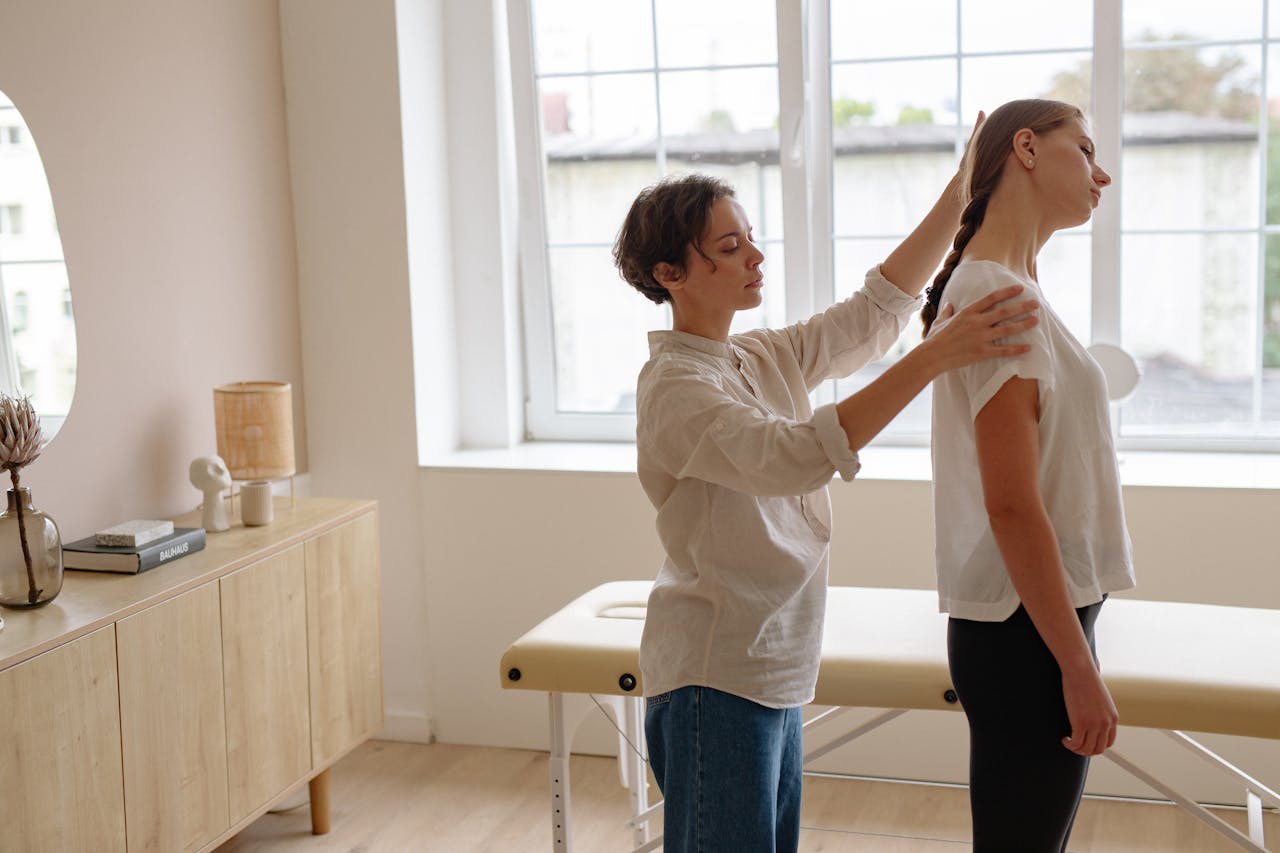Living with spinal stenosis can be challenging. The persistent back pain, nerve compression, and mobility issues can make everyday activities feel like a struggle. While treatments like physical therapy, medication, and surgery are often recommended, many people are looking for non-invasive options to help manage pain and improve their quality of life.
One such approach gaining attention is red light therapy, also known as low-level laser therapy (LLLT). This form of therapy has shown promise in reducing inflammation, nerve pain, and stiffness—all major concerns for those with spinal stenosis.
Understanding Spinal Stenosis: Why It Causes Pain
Spinal stenosis is a condition where the spaces within the spine narrow, putting pressure on the spinal cord and nerves. This can lead to:
- Chronic back or neck pain
- Numbness or tingling in the arms or legs
- Weakness in the limbs
- Difficulty walking or maintaining balance
It’s most commonly seen in older adults due to age-related degeneration, but injuries, arthritis, and herniated discs can also contribute.
How Red Light Therapy Can Help Spinal Stenosis
Red light therapy uses specific wavelengths of light to penetrate deep into tissues, promoting cellular repair, reducing inflammation, and improving circulation. This can be especially beneficial for spinal nerve compression and chronic pain.
Louiseh, who has used the Handy Cure Low-Level Laser for spinal degeneration, shared her experience:
“My Handy Cure Laser Laser is fantastic. I use it on spinal degeneration in my neck and have been able to cut out pain medication by 90%. It was recommended to me by my GP.”
Potential Benefits of Red Light Therapy for Spinal Stenosis
- Reduces Nerve Inflammation – Nerve compression is a major source of pain in spinal stenosis. Red light therapy decreases inflammatory markers, helping to ease pressure on affected nerves.
- Promotes Cellular Healing – By boosting mitochondrial activity (the powerhouse of cells), red light therapy accelerates tissue repair and may help slow the degenerative process.
- Improves Blood Flow – Increased circulation helps deliver oxygen and nutrients to damaged spinal tissues, supporting better mobility and function.
- Supports Pain Management – By stimulating the release of endorphins (natural painkillers), red light therapy can help reduce reliance on medication or invasive treatments.
Scientific Evidence: Does Red Light Therapy Work?
A study published on PMC found that low-level laser therapy significantly reduced pain and improved function in patients with musculoskeletal conditions, including those with chronic back pain. Research suggests that consistent use can enhance nerve recovery and reduce pain sensitivity—a key concern for those with spinal stenosis.
Incorporating Red Light Therapy Into Your Routine
If you’re dealing with spinal stenosis, red light therapy can be a helpful addition to your pain management plan. Here’s how to get started:
- Use it consistently – Regular sessions, several times per week, may provide the best results.
- Target affected areas – Focus on the lower back, neck, or wherever nerve compression is most severe.
- Combine with gentle movement – Activities like stretching, walking, and physical therapy can enhance benefits.
- Be patient – Results may take time, but many people notice improvements within a few weeks of regular use.
Final Thoughts: A Non-Invasive Option for Managing Spinal Stenosis
While spinal stenosis is a progressive condition, red light therapy offers a non-surgical, drug-free way to manage pain, improve mobility, and support overall spinal health.
For those looking for an at-home option, devices like the Handy Cure Low-Level Laser provide a convenient way to apply therapy without frequent doctor visits.
If you’ve tried red light therapy for spinal stenosis, what has your experience been like? Let’s keep the discussion going.
References:
Hu, D., Zhu, S., & Potas, J. R. (2016). Red LED photobiomodulation reduces pain hypersensitivity and improves sensorimotor function following mild T10 hemicontusion spinal cord injury. Journal of neuroinflammation, 13(1), 200. https://doi.org/10.1186/s12974-016-0679-3
